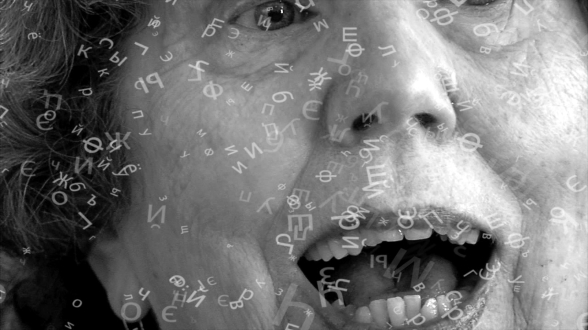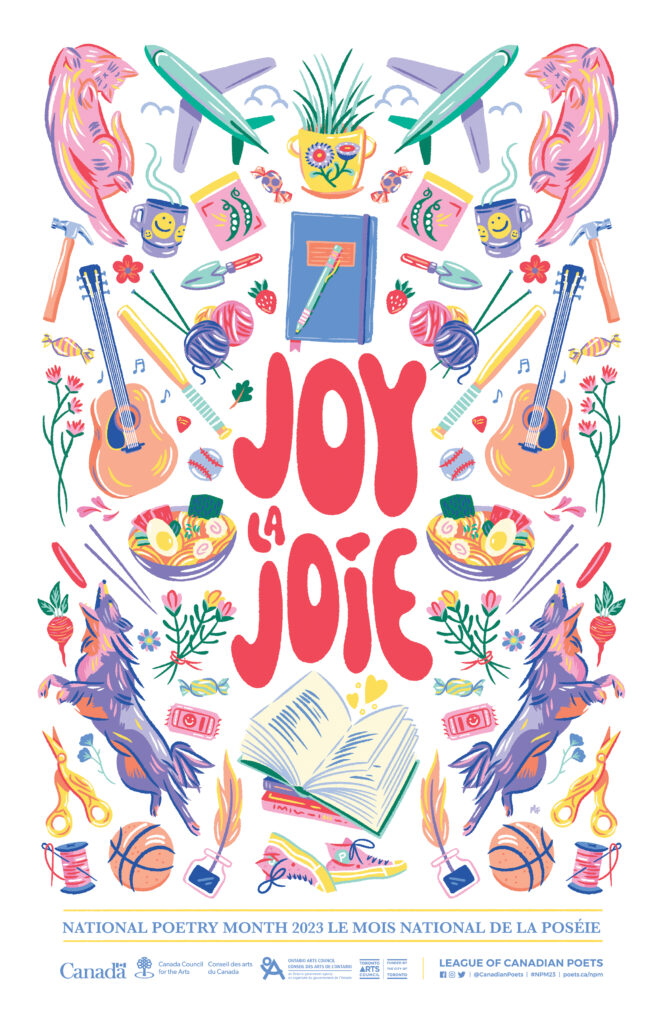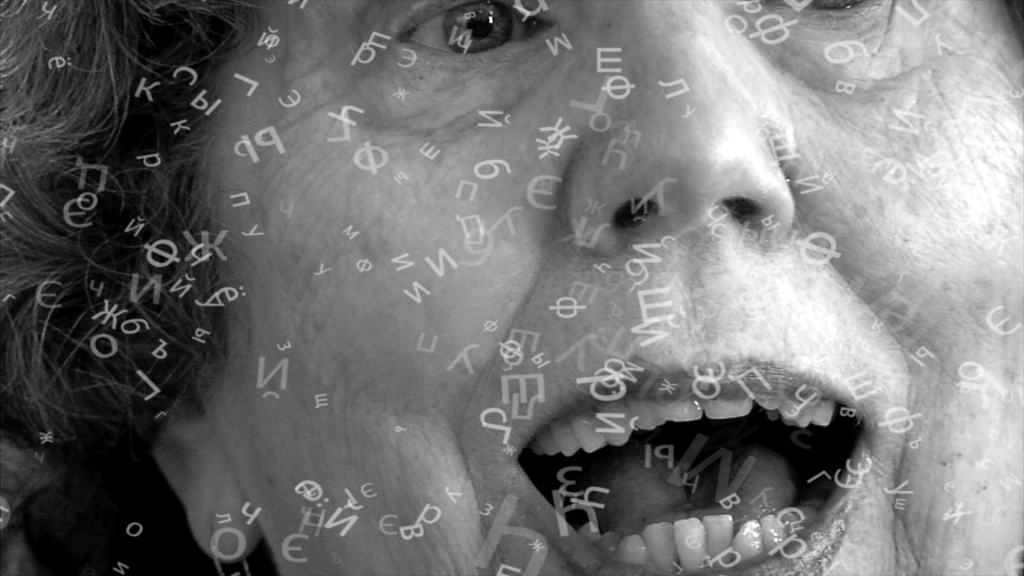Witness recent winter reads:
Julian Barnes, Elizabeth Finch
How can such a short novel feel so padded? The eponymous Elizabeth Finch herself, teaching her inspired course on “Culture and Civilisation”, is fascinating to our narrator. Elizabeth Finch describes the death of Julian the Apostate, the last pagan Roman emperor, as the “moment history went wrong”. Julian B’s academic essay on Julian the Apostate, stuck arbitrarily mid-section, is interesting in itself and witty enough. But Julian on Julian? The self-referential trick becomes self-indulgent. The repeated phrase, “Getting its history wrong is part of being a…” nation? Religion? The dread monoculture? So Barnes proclaims. Meanwhile, despite bequeathing all her notes to the narrator, Elizabeth Finch in death as in life evades his attempts to pin her down, and so evades the reader. 2.5
William Boyd, Love is Blind
Who can deny such a pleasurable epic read four stars on a snowed-in afternoon? But who is Lika / Lydia aside from her physical attributes? We know so little of this enigmatic love interest, because she is a “Russian actress”, a term used disparagingly to explain her. Well, love is blind: and our hero Brodie can only see through his Franklin glasses, bifocal. The ethnographer Paget is much more of a well-drawn character, though she appears only first page and the last thirty, Part VII, set, bizarrely, in the Andaman Islands of 1906. ***1/2 https://www.goodreads.com/review/show/5319776289?
Geraldine Brooks, Horse
How beautifully Geraldine Brooks interweaves the story lines of Horse, as if she herself were articulating bones for display as her character Jess does. So well researched and written: “a beautifully unified studio portrait”; “this horse had an exceptional anatomy.” Cf. Thomas Scott’s painting of Lexington. https://www.goodreads.com/review/show/5316937712
Emma Hooper, We Should Not Be Afraid of the Sky
Hooper’s epic travelogue set across the Roman Empire is more fun and more inviting than a hagiography. This highly original story only bogs down in the middle for a bit. Hooper’s lovely language, with hypnotic rhythms of repetition, is almost musical, even when conversational. Nine twin sisters and their diverging stories: none of them Virgin Suicides, though one becomes a Vestal Virgin in Carthage, another a saint. Brilliant. O St. Quiteria: you are FABulous. https://www.goodreads.com/review/show/4969743932
Claire Keegan, Foster
Thinking of Irish ancestors… It is so appropriate that the film, The Quiet Girl, is in Irish: Claire Keegan’s original book, Foster, has Irish rhythms shine through the English like a live transliteration, “cloaking a language in another language, in a dominant language in this case.” So says Doireann Ní Ghríofa as she reads Lady Gregory’s ‘The Heart of the Wood’ |in the Coole Park Poetry Series, https://www.youtube.com/watch?v=bfJMc19W0Ec. Gorgeous. Meanwhile, soft snow dropping, no snowdrops.
Barbara Kingsolver, Demon Copperfield
A tour de force: Demon Copperfield stands on its own, engrossing and propulsive. And yet it’s firmly based on David Copperfield by Charles Dickens, names of characters as well as the plot.
Laurie Lico Albanese, Hester
Hester by Laurie Lico Albanese is a study in synaesthesia’s repercussions over the centuries, read in a lovely Scots brogue in Hester’s voice. A as the Scarlet Letter! One more way in which I’m a witch, and lucky to be alive in this century. Love the naming from grandmother to grandmother in a lineage of red-haired girls I can claim, as my grandmothers had red or auburn hair. Nathaniel Hawthorne is… well, at best a man of his times.
Anna Maxymiw’s Minique
Witches are getting quite the splash lately in novels like Hester and Anna Maxymiw’s Minique, a brilliant new book set in New France. A girl with synesthesia in 17th C Montréal! What will she become? Brilliantly unfolded, the story lingers in mind. Anne Lamarque, the witch who knows how to survive, and her grimoire also feature in the new Louise Penny, A World of Curiosities! Coincidence? Read Minique alongside Hester by Laurie Lico Albanese: another girl with synesthesia in 17th C. Scotland, from a lineage of red-haired witches. And Danielle Daniel’s Daughters of the Deer, Mona Chollet’s In Defense of Witches and Rivka Galchen’s Everyone Knows Your Mother is a Witch. https://www.goodreads.com/review/show/4776346617
Hester by Laurie Lico Albanese is a study in synaesthesia’s repercussions over the centuries, read in a lovely Scots brogue in Hester’s voice. A as the Scarlet Letter! One more way in which I’m a witch, and lucky to be alive in this century. Love the naming from grandmother to grandmother in a lineage of red-haired girls I can claim, as my grandmothers had red or auburn hair. Nathaniel Hawthorne is… well, at best a man of his times. Witches are getting quite the splash lately in novels like Hester and Anna Maxymiw’s Minique, a brilliant new novel set in 17th-century New France.
Witches are getting quite the splash lately in novels like Anna Maxymiw’s Minique, a brilliant new book set in New France. A girl with synesthesia in 17th C Montréal! What will she become? Brilliantly unfolded, the story lingers in mind. Anne Lamarque, the witch who knows how to survive, and her grimoire also feature in the new Louise Penny, A World of Curiosities! Coincidence? Read Minique alongside Hester by Laurie Lico Albanese: another girl with synesthesia in 17th C. Scotland, from a lineage of red-haired witches. And Danielle Daniel’s Daughters of the Deer, Mona Chollet’s In Defense of Witches and Rivka Galchen’s Everyone Knows Your Mother is a Witch. https://www.goodreads.com/review/show/4776346617
Okezie Nwoka, God of Mercy
For Black History Month and on. Magic realism and real magic in a beautifully imagined Igbo village that has not been colonized, as opposed to the next town over which has been, under the power of a fundamentalist church.
Heidi Sopinka, Utopia
Heidi Sopinka’s new novel is a searing study in power and performative art: who is seen, what is shown, who dominates. A study in disappearing into light and heat; into falling; into black holes and event horizons; into boundaries and communication. Oh and a haunting, as in Rebecca. How far have women artists come since the 70’s? “Everyone is in position, a slight bending of vision already happening in the desert heat. The hills bleached out in their faded moth colors edging to pin, cut gem-like against the infinite blue. Paz sees the sky all around her, not just above her. The desert surroundings have become a stage.” https://www.goodreads.com/review/show/5266738839…







